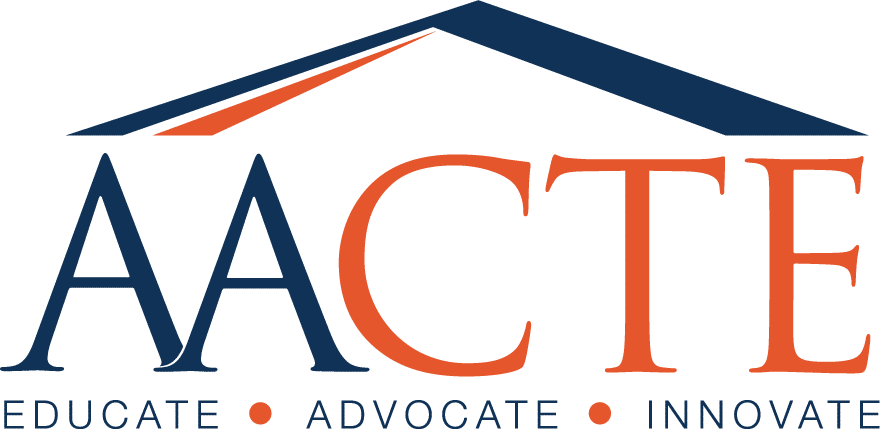New Partnership Between Departments of Agriculture and Education to Expand SNAP Awareness and Access
The U.S. Department of Agriculture’s Food and Nutrition Service (FNS) and the U.S. Department of Education’s office of Federal Student Aid (FSA) announced the signing of a joint agreement to strengthen college student access to the Supplemental Nutrition Assistance Program, also known as SNAP. This agreement aims to increase awareness of SNAP among college students, as new data shows millions of eligible students are falling through the cracks. A recent Government Accountability Office report revealed that 67% of the 3.3 million college students potentially eligible for SNAP reported not receiving benefits.
“We’re committed to making SNAP more accessible and easier to understand for low-income college students,” said USDA Food, Nutrition, and Consumer Services Deputy Under Secretary Cindy Long. “Many of today’s college students are balancing jobs and family responsibilities. Access to SNAP ensures that eligible students can focus on their education, mental health, and overall well-being, rather than making difficult choices between groceries, textbooks, or other essentials.”
Today’s action is a key achievement of the Biden-Harris Administration’s National Strategy on Hunger, Nutrition and Health. FNS and FSA will work together to send emails to low-income students who may be eligible for SNAP informing them of their potential eligibility, basic information about SNAP rules for students, and how to apply. They will also work closely with institutions of higher education to help them provide clear guidance to students on SNAP eligibility and application processes. These efforts are aimed at increasing awareness of students’ potential eligibility for SNAP and reducing barriers that prevent many eligible students from accessing the food assistance they are entitled to.
“Almost one-quarter of college students experience food insecurity, and too many of these students who qualify for SNAP are not receiving benefits. This joint agreement represents the commitment of the Department of Education and USDA to work together to ensure low-income students receive all the support they need to afford and complete college,” said U.S. Under Secretary of Education James Kvaal.
The agreement also includes plans to pilot data-sharing projects in up to 10 states, allowing state SNAP agencies and colleges to collaborate in outreach to students who may be eligible for benefits and providing technical support to institutions and agencies in those efforts. By utilizing Free Application for Federal Student Aid (FAFSA®) data, this initiative aims to enable institutions and agencies to reach potential SNAP applicants and connect them with the resources they need. The Department of Education has previously released guidance on how institutions of higher education and state grant agencies can use FAFSA data for outreach about means-tested benefits, such as SNAP.
To qualify for SNAP, students enrolled in institutions of higher education at least half time must meet the program’s income and other requirements as well as at least one of the other eligibility conditions, such as enrolling in a work-study program, working at least 20 hours per week, being a single parent, or having a disability.
State agencies administer SNAP, process applications, and determine eligibility. Students should contact the local SNAP office where they reside to learn how to apply or to ask other questions. Institutions of higher education with questions about student SNAP eligibility should contact their state SNAP agency.
For more information, please this Infographic: SNAP College Student Eligibility
USDA’s Food and Nutrition Service works to end hunger and improve food and nutrition security through a suite of 16 nutrition assistance programs, such as the school breakfast and lunch programs, WIC and SNAP. Together, these programs serve one in four Americans over the course of a year, promoting consistent and equitable access to healthy, safe, and affordable food essential to optimal health and well-being. FNS also provides science-based nutrition recommendations through the co-development of the Dietary Guidelines for Americans. FNS’s report, “Leveraging the White House Conference to Promote and Elevate Nutrition Security: The Role of the USDA Food and Nutrition Service,” highlights ways the agency will support the Biden-Harris Administration’s National Strategy, released in conjunction with the historic White House Conference on Hunger, Nutrition, and Health in September 2022. To learn more about FNS, visit www.fns.usda.gov and follow @USDANutrition.
As a principal office of the U.S. Department of Education, FSA plays a central and essential role in the nation’s postsecondary education system as the largest provider of student financial aid. FSA ensures that all eligible Americans can benefit from federal financial assistance for education or career training beyond high school. In FY23, FSA provided approximately $114.1 billion in grants, loans, and work-study funds to help more than 9.7 million students and their families. To learn more about FSA’s programs, products, and services, visit StudentAid.gov.
Tags: equity, federal issues






